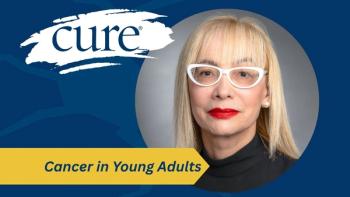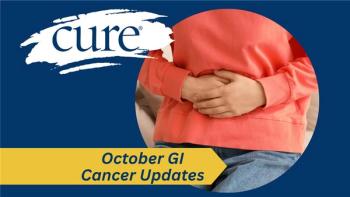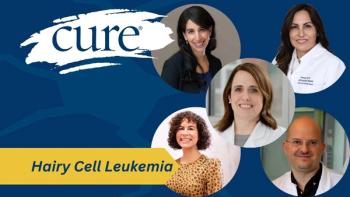
- CURE Winter 2024
- Volume 23
- Issue 4
The ABCs of ADCs in Breast Cancer
Key Takeaways
- ADCs have rapidly evolved, with 13 FDA-approved drugs targeting various cancers, improving efficacy and tolerability.
- Innovations include targeting cancer-specific proteins, enhancing antibody properties, and optimizing drug delivery mechanisms.
Since 2000, antibody-drug conjugates have been approved by the Food and Drug Administration for various cancer types, such as breast cancer.
In this winter issue of CURE, we review the rapid expansion in the current use and development of antibody-drug conjugates (ADCs), a class of drugs with a long history, but a more recent accelerated rate of approvals, with many new versions queued up in the pipeline.
The first ADC approved by the Food and Drug Administration (FDA) was Mylotarg (gemtuzumab ozogamicin) for use in refractory acute myeloid leukemia (AML), which targets the protein CD33 expressed on AML cells, in 2000. However, there was still a rocky road ahead — the drug was later withdrawn from the market due to significant side effects on the liver and potentially fatal allergic reactions. It was reapproved for newly diagnosed CD33-positive AML at a lower dose in combination with chemotherapy with strict monitoring guidelines in 2017. To date, 13 ADCs have been approved across numerous cancer types.
Several innovations to ADCs have occurred over the years, making these drugs even more effective and better tolerated. For one, we now have extensive information about proteins expressed uniquely on cancer cells. This helps drug and biotech companies to better focus their development and for patients to be rapidly screened in situations where the protein is not always present on the tumor.
Additionally, the antibodies used can themselves have therapeutic effects and properties that allow them to more efficiently be “endocytosed” or taken in by the tumor cells. The payload can be drugs that are too powerful to be used as “naked” drugs, but safe enough when used in an ADC where exposure is more controlled. Drugs not typically used in earlier lines of treatment can be incorporated into ADCs, lowering the chance of preexisting drug resistance.
The drug-to-antibody ratio can also be made higher to deliver more drug to the tumor. The linker that is broken to release the drug into the cell can also be synthesized in a form to be broken based on the pH (acid content) inside the cell and other characteristics to optimize its impact. Even newer features are being developed such as using targeted drugs as the payload instead of chemotherapy, such as small molecules that are immune-stimulating or that block growth factor, cell cycle and other oncogenic (cancer-driving) pathways.
Many experts predict ADC use will expand and become more personalized based on cancer type and specific proteins expressed by the cancer as well as previous treatments the patient has received. The lower toxicities may allow the drugs to be used to prevent recurrences (or in the adjuvant setting), as is the case for Kadcyla (ado-trastuzumab emtansine, T-DM1), approved for HER2-positive breast cancer when there is residual invasive cancer seen at surgery following preoperative chemotherapy plus HER2 antibody treatment. Next-generation sequencing of tumor DNA and RNA coupled with artificial intelligence-powered analyses may help point to appropriate ADC therapy for specific cases, further individualizing cancer treatment in the near future.
For more news on cancer updates, research and education, don’t forget to




